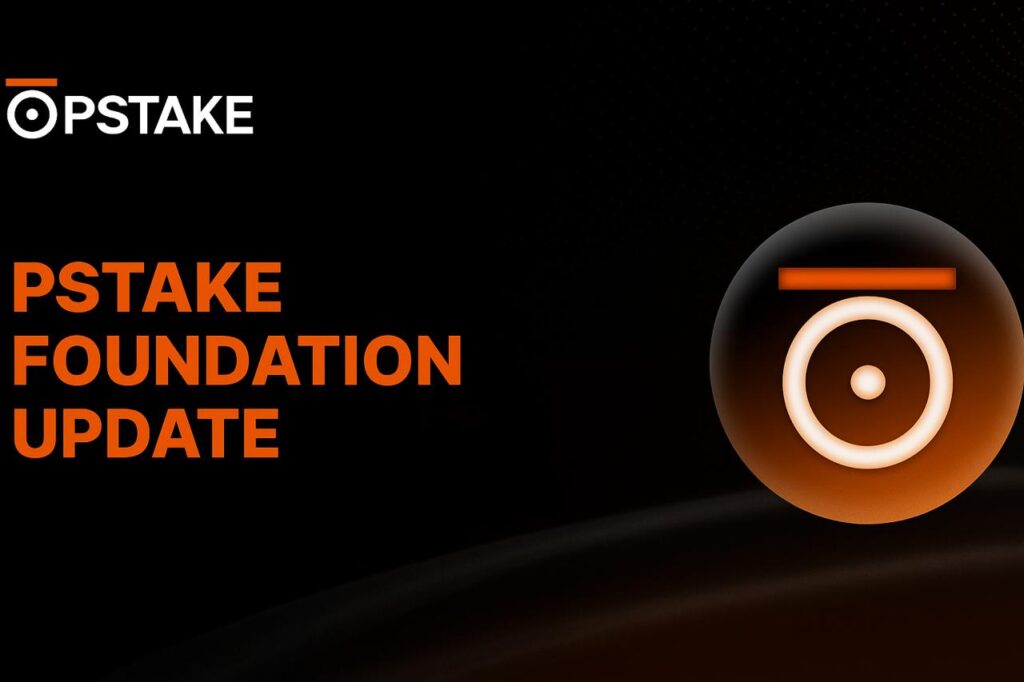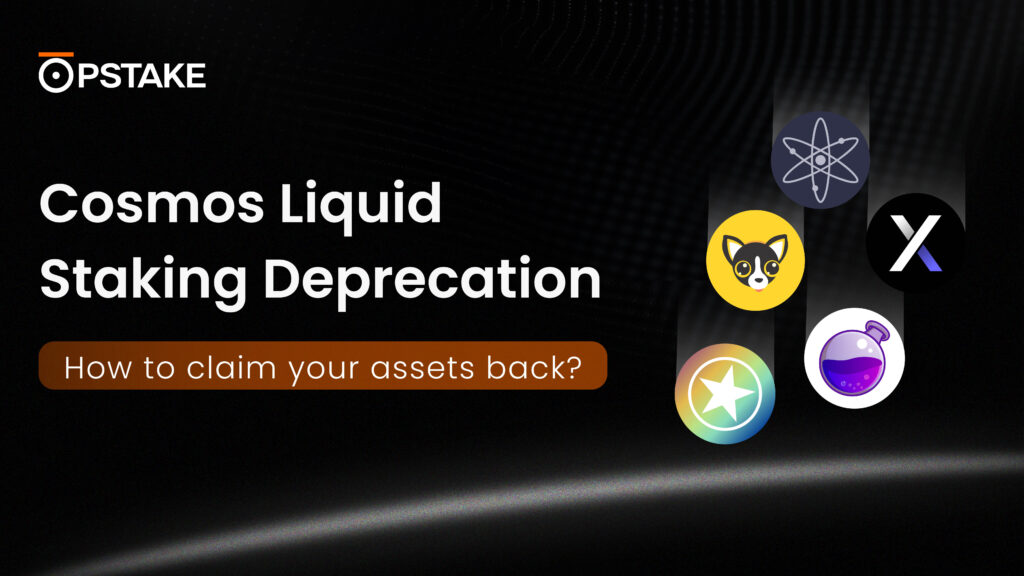With pStake Finance moving into the heart of the Bitcoin ecosystem on its mission to provide native Bitcoin yields to holders, we’ve crafted this Bitcoin 101 series to help newcomers understand the number-one-ranked centralized cryptocurrency slightly better.
With thousands of articles relating to Bitcoin available online, we hope our series can condense the complex information, demystify the confusing jargon, and provide an insightful overview of the granddaddy of the crypto world.
So, grab yourself a drink and prepare to binge-read through this series about Bitcoin.
The first edition of the Bitcoin 101 Series will cover what Bitcoin is. Today, we will be breaking down the complexities of Bitcoin into bite-size pieces, overviewing how Bitcoin works, and explaining why Bitcoin is different from our traditional financial system.
What is Bitcoin?
Created by a pseudo-anonymous developer dubbed Satoshi Nakamoto, Bitcoin emerged in 2009 through the release of a whitepaper and has since become a household name and one of the most sought-after investment vehicles on the planet.
The technology introduced a payment system that broke the financial system’s status quo through a very clever decentralized ledger system known as blockchain technology.
Bitcoin is many things, but the following statement is the best way to understand it in its simplest form:
Bitcoin is online digital money that provides a route for secure, peer-to-peer transactions without requiring the trust of a centralized entity.
Let’s break this down further.
Bitcoin is online digital money…
That’s right. The cryptocurrency that you hear in the news every day can be used as online digital money. Satoshi Nakamoto, the creator of Bitcoin, intended to create a peer-to-peer electronic payment system when inventing Bitcoin. However, with its value consistently increasing and transaction fees rising, it’s become more of a store of value rather than its original intention of being used as money.
… that provides a route for secure, peer-to-peer transactions without requiring the trust of a centralized entity.
Bitcoin provides a secure route for transferring value through peer-to-peer transactions. That means you can send any wealth directly to another person without requiring a centralized service like PayPal or Venmo.
Instead, you can simply utilize the ‘wallet address’ of the person (or company) you’re sending money to. A ‘wallet address’ is a unique identifier that allows you to receive and send Bitcoin. The mechanisms and technology implemented mean you can trust that the verified code and infrastructure behind Bitcoin will facilitate the payment.
How does Bitcoin Work?
Bitcoin encompasses three separate components to create its ecosystem;
- The Bitcoin network
- Bitcoin (BTC) – the native currency
- The Bitcoin blockchain itself.
The Bitcoin network is a collection of individuals and entities running various versions of the Bitcoin reference client—called nodes—creating a decentralized network that resists any single point of failure.
Nodes on the network use a consensus mechanism known as Proof-of-Work (PoW), which helps them agree on the blockchain’s state. Miners use computational power to solve mathematical puzzles and add blocks to the blockchain through PoW, receiving a ‘block reward’- a certain amount of Bitcoin – as a reward for their efforts.
The Bitcoin currency, BTC, is the network’s native crypto and serves as digital money to transfer value across the network. It has a limited supply of 21 million, creating scarcity and resistance to inflation – something our traditional financial system is struggling with over the past two decades.
Finally, the Bitcoin blockchain can be understood as a distributed ledger that records all the confirmed transactions on the Bitcoin network. The blockchain is completely immutable and organizes all transactions on the Bitcoin network into blocks. All transactions are batched into these individual blocks and confirmed when the next block is added to the chain – hence the name blockchain.
How is Bitcoin Different?
So, what’s all the hype about? What makes Bitcoin different from other forms of fiat money (hard cash and digital) right now?
Traditional services like Venmo and PayPal rely on the conventional financial system to receive permission to send money through their centralized infrastructure. On the other hand, Bitcoin is entirely outside the traditional financial system, requiring no permission from any company, institution, bank, or government – making it entirely permissionless. Instead, users of Bitcoin rely on the code to ensure security.
Every transaction on Bitcoin is logged on the blockchain, which is completely transparent and immutable. This means that history cannot be tampered with, and everybody securing the blockchain (miners and nodes) agree that the blockchain is accurate with no single entity owning this blockchain or ledger.

Bitcoin is a unique asset not tied to any specific country or government. It’s a global currency, fully accessible to anyone with an internet connection, making you part of a worldwide financial system.
Bitcoin is also private, as no bank statements are involved or the need to provide private information to send the transaction,
It’s also completely safe. After over a decade of battle testing, it’s safe to say that Bitcoin is secure, as it’s never been hacked. In fact, with the hashing power (the total combined computational resource from all miners) increasing consistently, a hacker would need to match that computational power to successfully hack the network—which would be very costly.
Best of all, each Bitcoin is divisible by 100 million units, with the smallest measure known as a Satoshi.
Bitcoin is a world-changing invention, and its road to impacting our world is just beginning.
This is the first of a long series of blogs we will release in our Bitcoin 101 explainers. Be sure to stay tuned to learn more about Bitcoin as we delve deeper into its inner workings, what it can do, and where it’s heading.










